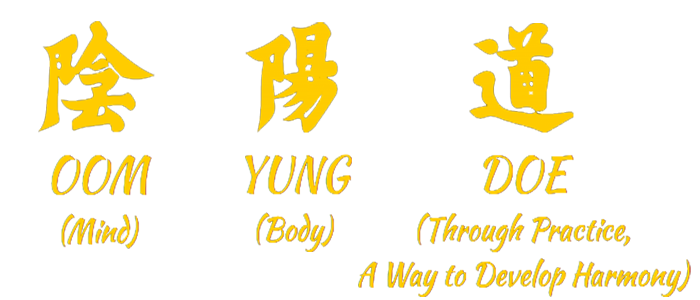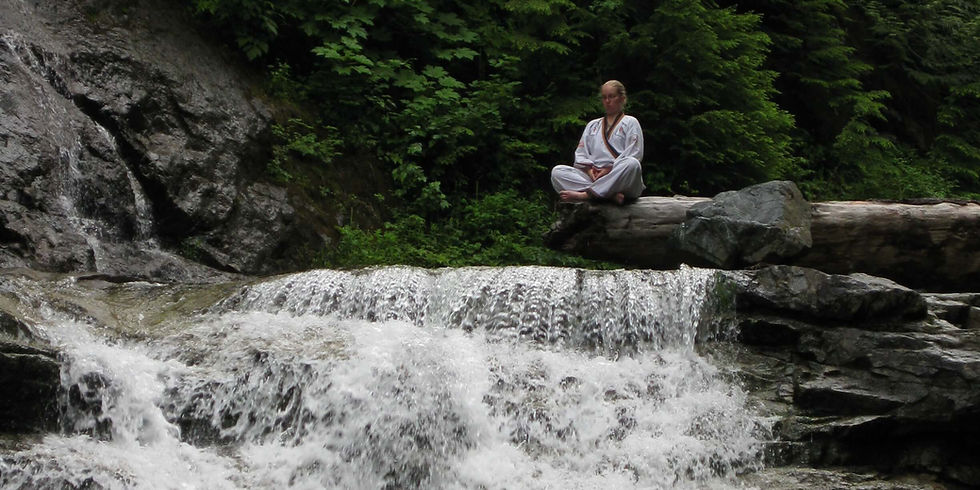Longevity: The Art of Staying Strong for Life. Discover The Best Martial Arts for Adults.
- scottmcnabb777
- Oct 7
- 3 min read

At Oom Yung Doe, longevity isn’t just about living longer. It’s about maintaining the kind of health, strength, and clarity that lets you live fully at any age.
We see longevity every day in our training halls. Our Master Instructor is in his seventies and moves with the sharpness and speed of someone half his age. The Grandmaster trained into his eighties, still demonstrating techniques faster than most people could even see - striking five times before an untrained person could react once. That’s not luck or genetics. It’s the result of consistent, correct practice of Traditional Martial Arts.
What Real Longevity Means
Real longevity means more than being alive. It means being able to move, think, and live with energy and focus every single day. Most people lose these abilities slowly as tension, poor posture, and stress build up over the years. The body stiffens, the breath shortens, and energy fades.
Traditional training in Oom Yung Doe reverses that process. Every form, every technique, is designed to restore circulation, flexibility, and inner strength. Students often notice that their body feels lighter, their breathing deeper, and their mind calmer - the first steps toward lasting vitality.
The Eight Complete Styles and the Power of Balance
Each of the eight styles in Oom Yung Doe supports a different part of long-term health:
Kong Su builds discipline, strength, and stable posture.
Kung Fu refines coordination and fluid motion.
Judo and Jiujitsu teach balance, adaptability, and controlled response.
Aikido and Hapkido develop soft power and precise control without collision.
Tai Chi Chung unites structure, breath, and energy.
Bagwa Chung trains circular, coiled motion that keeps the body loose and responsive.
Kom Doe sharpens focus, timing, and mental clarity.
Ship Pal Gae, the 18 traditional weapons, builds precision, coordination, and full-body strength.
Why Balance Matters
Each style strengthens a specific aspect of the body and mind, but true longevity comes from how they work together. Hard styles like Kong Su and Kung Fu build external power, while soft styles like Tai Chi and Aikido balance that power with internal control. Bagwa keeps the body mobile and adaptable, while Kom Doe sharpens attention and awareness.
This balance between hard and soft, fast and slow, external and internal, is what allows the body to grow stronger without breaking down. You don’t just build muscle; you build balance. You don’t just gain speed; you gain awareness. The harmony between these styles is what allows Oom Yung Doe practitioners to move with youthful energy well into their later years.
The Science Behind Ancient Movement
Today, research supports what Traditional Martial Arts have taught for centuries: mindful movement, deep breathing, and proper circulation directly affect longevity. They calm the nervous system, improve recovery, and keep the mind alert.
Oom Yung Doe’s training brings all these elements together into one system. The forms are not random; they are designed to balance the entire body, inside and out.
Strength That Deepens With Age
When you see a Master in his seventies move faster and with more control than most people in their thirties, it’s a reminder that aging doesn’t have to mean decline. It can mean mastery. With the right training, your body doesn’t simply wear out, it adapts, refines, and grows more efficient with each year.
The Grandmaster used to say, “You can’t buy youth, but you can earn vitality.” That’s what longevity in Oom Yung Doe truly means. The ability to keep living, learning, and moving forward with clarity and strength.
Begin Building Your Longevity Today
No matter your age or background, you can start strengthening your foundation now. Every lesson at Oom Yung Doe in Kirkland and Northgate helps you move closer to balance, health, and lasting vitality.
Because longevity isn’t measured in years. It’s measured in how deeply and fully you live each one.





Comments